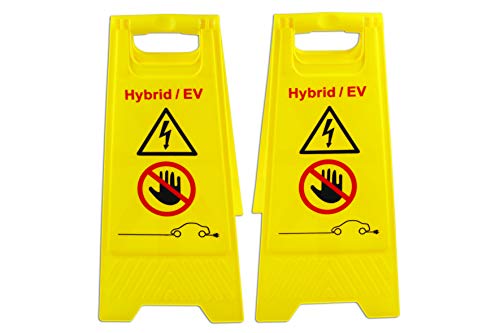The ZNRs and the SA look ok to me, no visual signs of damage
Hires 3
I am a bit reluctant to change lots of stuff not knowing if it causes any issues but it is probably the only way forward dealing with intermittent failures. I should have checked the error codes before starting the repair. Tried it but couldn’t read it. Found out only now that the full version of hobDrive can read those. But putting everything together now is too much work.
Anyone have the part number of good snubber caps? Maybe buy those and a relay anyway if I decide to get into the desoldering of WP I will have the parts already. What do you use instead of the black rubber stuff to secure the components in place and protect from vibration? Hot glue is probably not good for caps. Silicon? Or some other special stuff I need to order?





































